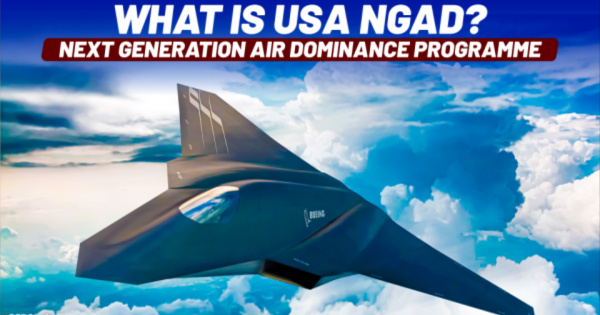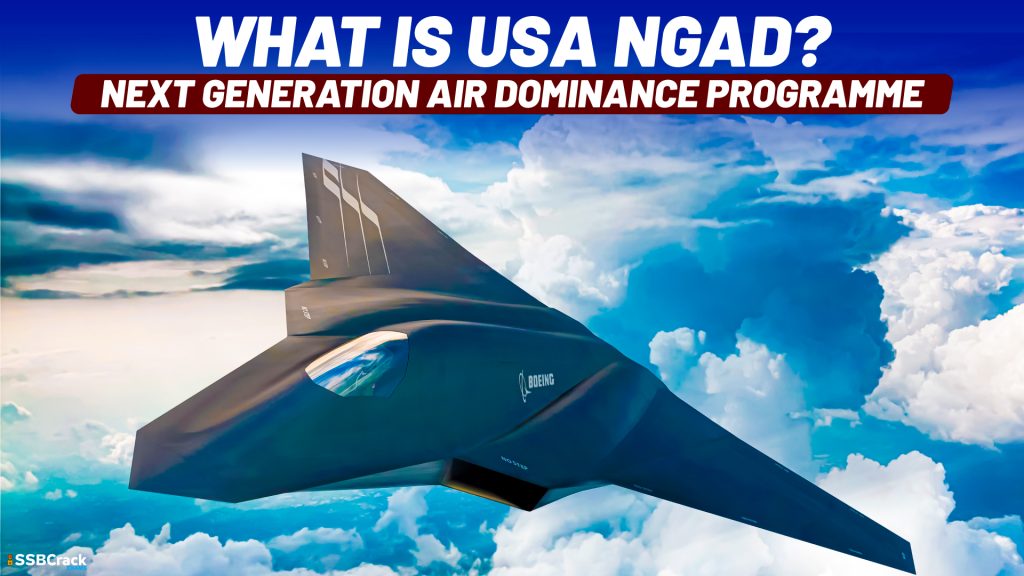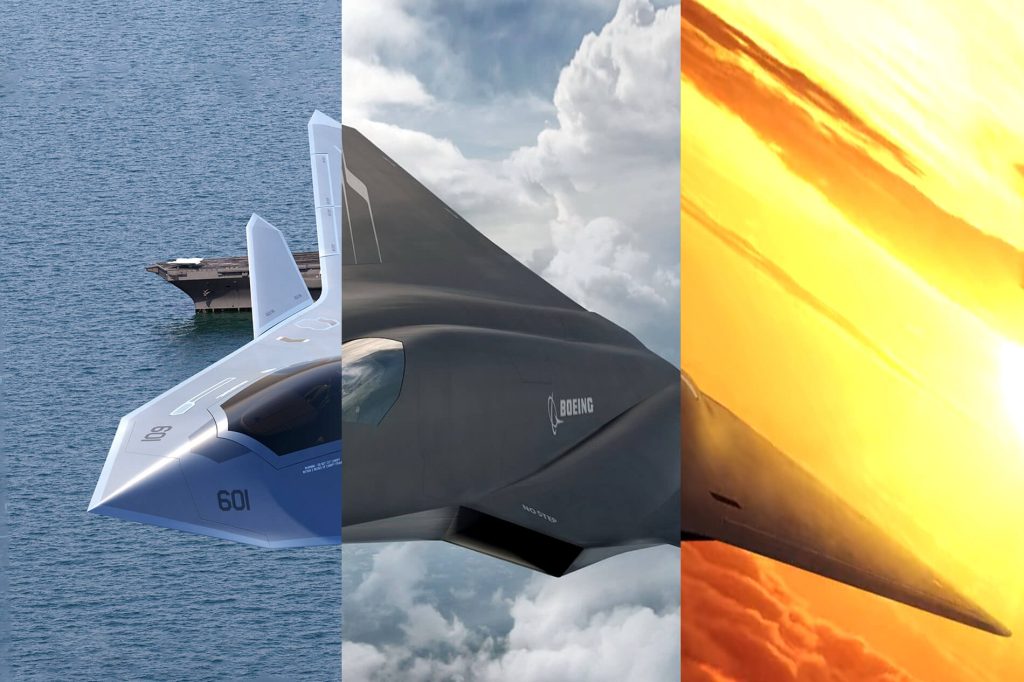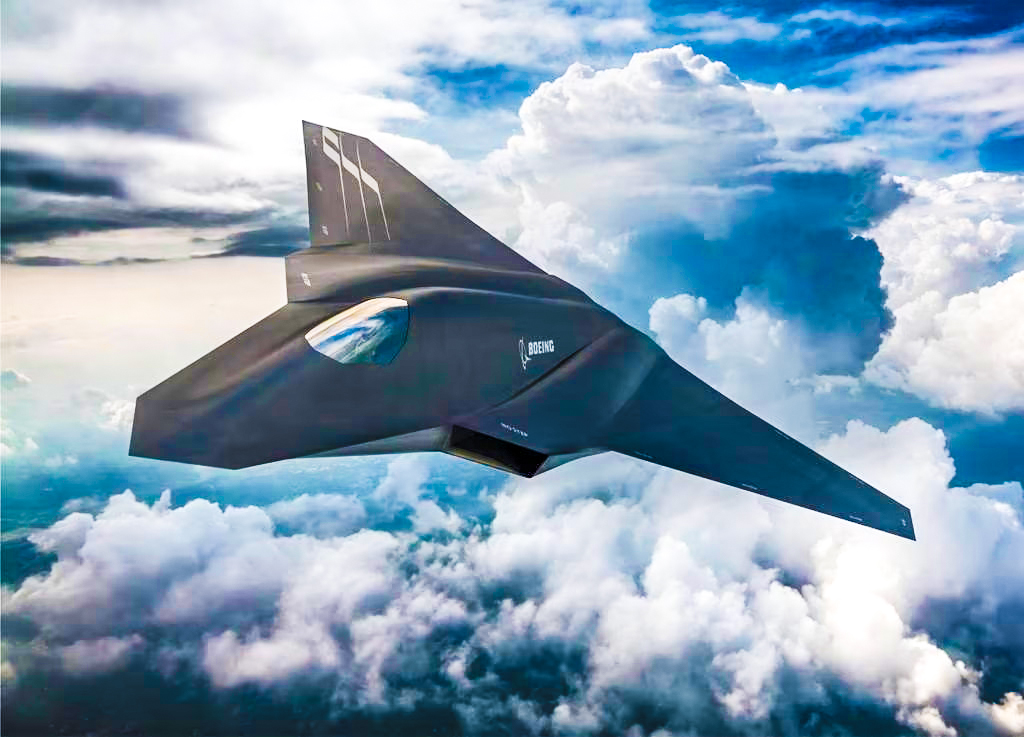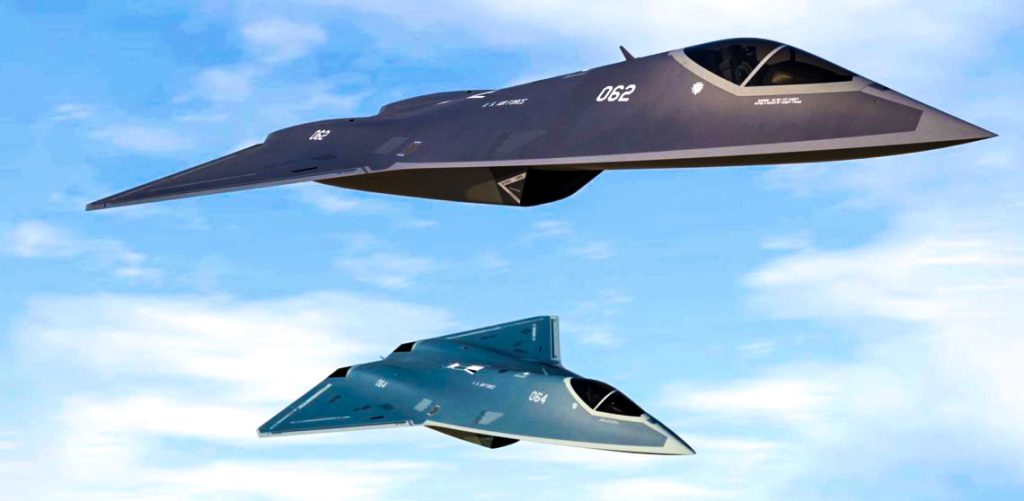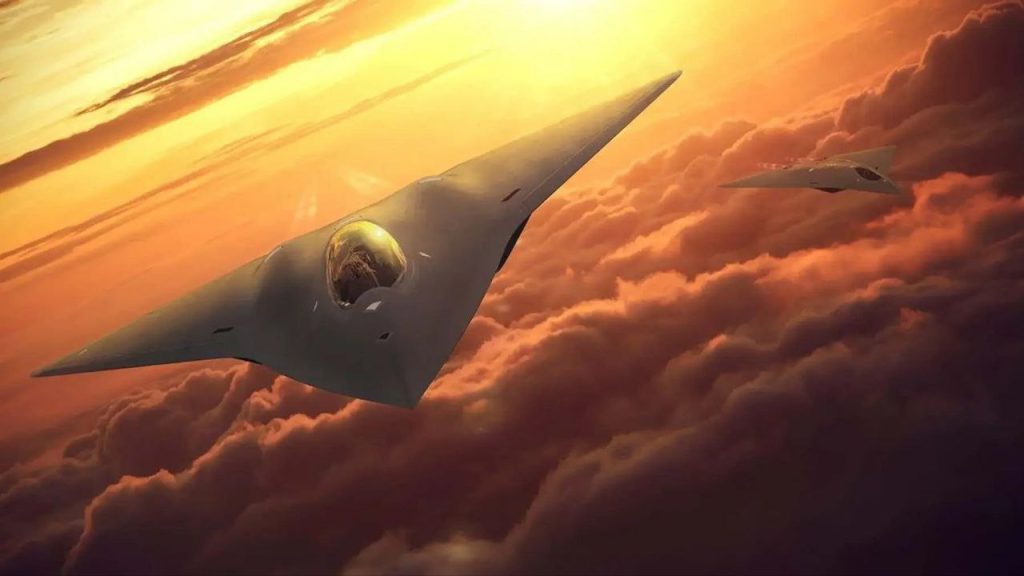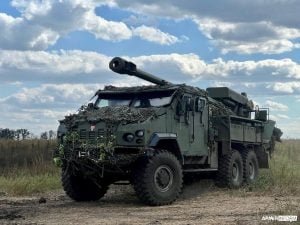The Next Generation Air Dominance (NGAD) initiative is a sixth-generation air superiority initiative of the United States Air Force (USAF) with the goal of fielding a “family of systems” to replace the Lockheed Martin F-22 Raptor. The centerpiece program of NGAD is a manned fighter aircraft known as the F-X or Penetrating Counter-Air (PCA), which will be supported by uncrewed Collaborative Combat Aircraft (CCA), or “Loyal Wingman” platforms via manned-unmanned teaming (MUM-T).
The NGAD evolved from DARPA’s Air Dominance Initiative study in 2014, and the new fighter aircraft is expected to enter service in the 2030s. Despite having the same name and some technological developments, the program is distinct from the US Navy’s NGAD program, which includes the F/A-XX fighter and would have a similar fielding timeframe.
Is NGAD aiming for a new fighter?
While the NGAD program’s stated goal is to replace the F-22 fighter jet, the aircraft that emerge from the program may or may not look like a traditional fighter. The
To provide air dominance, the Air Force is developing technologies involved in NGAD. Part of the program’s goal is to figure out how to achieve that goal without relying on traditional US military approaches to air dominance. NGAD could be a single aircraft and/or a collection of complementary systems—manned, unmanned, optionally manned, cyber, and electronic—that do not resemble the traditional “fighter.”
A larger aircraft, such as a B-21, may not be able to maneuver like a fighter. However, such a large aircraft carrying a directed energy weapon, with multiple engines producing A weapon with significant electrical power could ensure that no enemy flies in a large amount of airspace. That would result in air dominance. There appears to be little reason to believe that NGAD will produce a plane the size of which one person sits and which goes out and dogfights kinetically, attempting to outturn another plane—or that sensors and weapons must be on the same aircraft.
History of NGAD
The NGAD was established in 2014 to develop an air superiority system for the United States Air Force in the 2030s. DARPA completed its Air Dominance Initiative study in March 2014 and launched the Aerospace Innovation Initiative in 2015 to develop X-plane prototypes to demonstrate future aircraft technology. In 2016, the USAF released the Air Superiority 2030 (AS 2030) flight plan, which stated the need for a family of systems but was still focused on a specific member of the family called the F-X or Penetrating Counter-Air (PCA). In 2018, AS 2030 evolved into the NGAD, shifting its emphasis from a single addition to a suite of capabilities.
Also read: What Is Quantum Warfare – Battle For A New Dimension?
Aim and Significance of NGAD
The NGAD intends to develop several key technologies, including propulsion, stealth, advanced weapons, digital design (CAD-based engineering), and thermal management of the aircraft signature. With a $9 billion budget through 2025, the program disrupts traditional Air Force acquisition by separating design, production, and support functions in the development process. The development program includes more frequent industry competitions and simulations in the design and manufacturing processes. NGAD is described as a “family of systems,” with a fighter aircraft serving as the system’s centerpiece and other components likely to be uncrewed escort aircraft carrying extra munitions and performing other missions.
NGAD’s specific goal is to create a system that addresses the operational needs of the Pacific theatre of operations, where current USAF fighters lack sufficient range and payload. According to USAF commanders, there may be two variants of NGAD: one with long-range and payload for the Indo-Pacific and one with a focus on the relatively short distances between possible battle areas in Europe. The fighter will use adaptive cycle engines developed under the Adaptive Engine Transition Program (AETP) and Next Generation Adaptive Propulsion (NGAP), with flight-ready engines expected by 2025.
Can the NGAD compete with the F-35?
The US Air Force intends for NGAD to be a research effort for the next few years, with plans to acquire production aircraft or other systems beginning around 2030. Separate budget lines are authorized and appropriated by Congress for R&D and production funds. The F-35 is primarily funded through procurement, whereas the NGAD is primarily funded through research and development.
Even if the flight demonstrator was a fully production-ready aircraft, it could take several years for the industry to build production facilities. Aerial production necessitates sophisticated manufacturing tooling and techniques. Furthermore, manufacturers must certify secondary suppliers.
Also read: How Electronic Warfare System Revolutionized Dog Fights Between Fighter Jets?
The F-35 is a proven program, with funding secured for at least the next five years. The Air Force’s ultimate goal of 1,763 F-35s has not changed. For NGAD, no acquisition target or fleet size has been established. Furthermore, the air dominance role intended for the NGAD is more in line with the current missions of the F-22 or F-15EX than the F-35. However, these programs would all have to fit within an Air Force topline budget, which could lead to funding decisions favoring one program over another. For example, Secretary Kendall stated that the Air Force decided to postpone some F-35 procurement in FY2023 in order to accelerate NGAD development.
The F-22 has also been used to test NGAD technology, and some improvements are expected to be made to the F-22 as well. However, due to the sophistication and complexity of modern aircraft design, the “Digital Century Series” concept was eventually abandoned in favor of a more traditional development and procurement approach. The program will enter the Engineering and Manufacturing Development (EMD) phase in June 2022.
To crack the SSB Interview and join the Indian Army as an Officer, You can join our SSB interview live classes batch and we recommend you to Enroll SSB INTERVIEW ONLINE COURSE. Trusted by thousands of defence aspirants.
Also read:
- Exploring The Future Of Air Combat: BAE Tempest
- Should India Buy F-35 And What Are The Alternatives?
- How HAL Combat Air Teaming System (CATS) Is Going To Help Indian Air Force?
- All Fighter Aircraft Of India – How To Identify Them
- Twin Engine Deck-Based Fighters (TEDBF)
- All About India’s 5th Generation Fighter Jet ‘AMCA’
- Comparing Rafale And F-35: Who Will Win?
- Meet India’s Next-Generation Supersonic Trainer Aircraft HLFT-42
- Which Is Better Sukhoi-30 MKI Or Mikoyan MiG-29?
- What Is India’s Kaveri Jet Engine Programme?
- Meet The Russian ‘Checkmate’ Sukhoi Su-75
